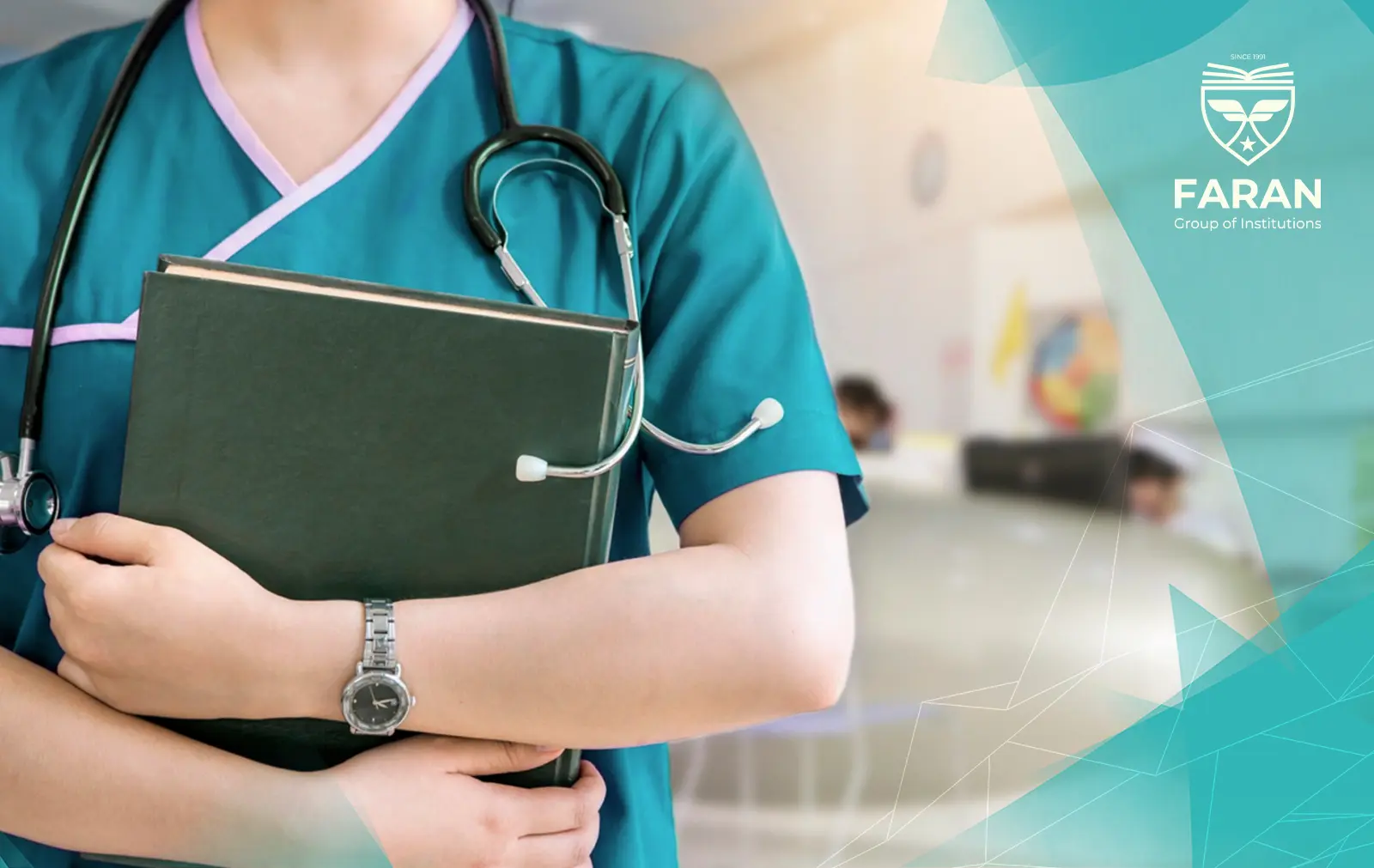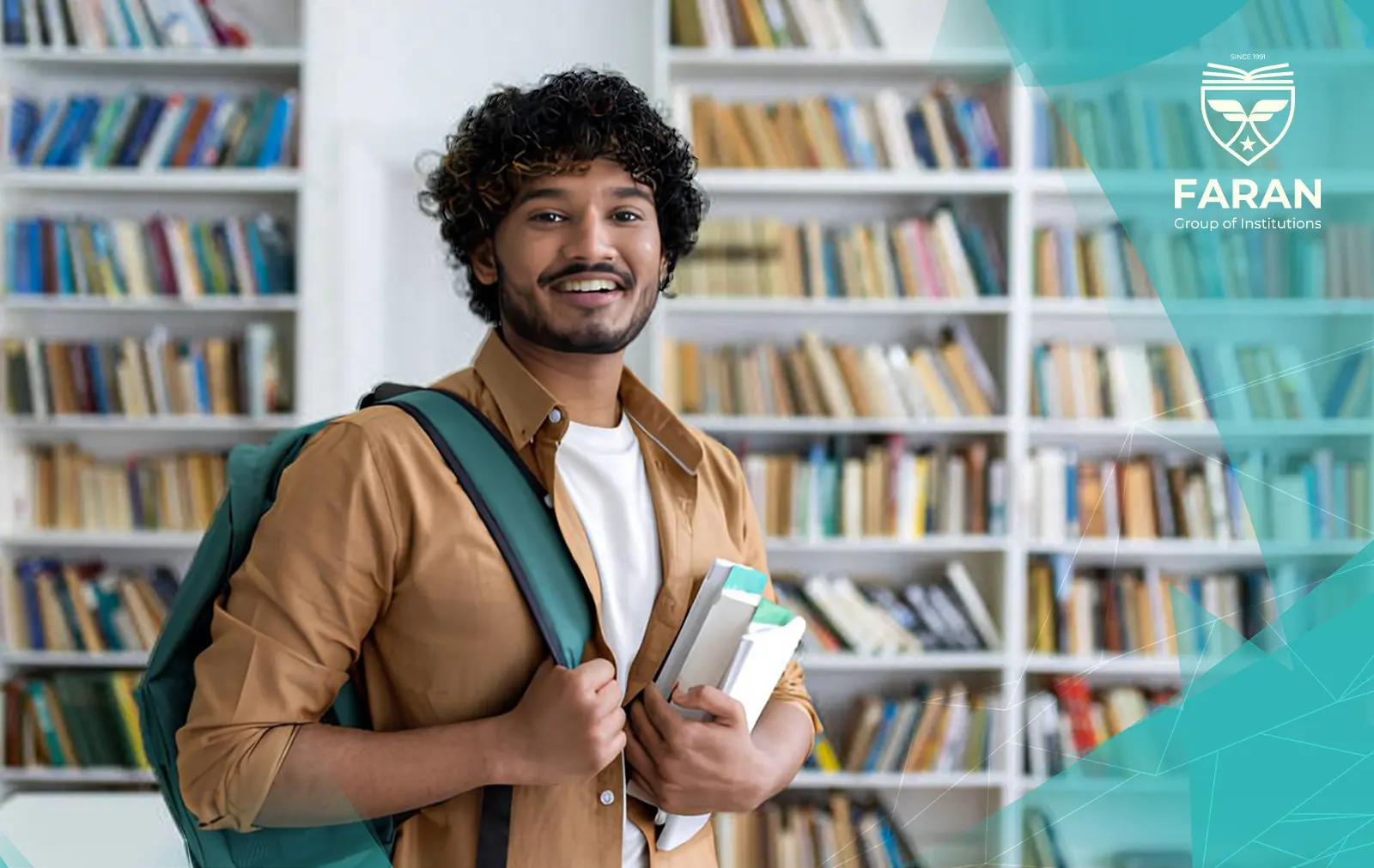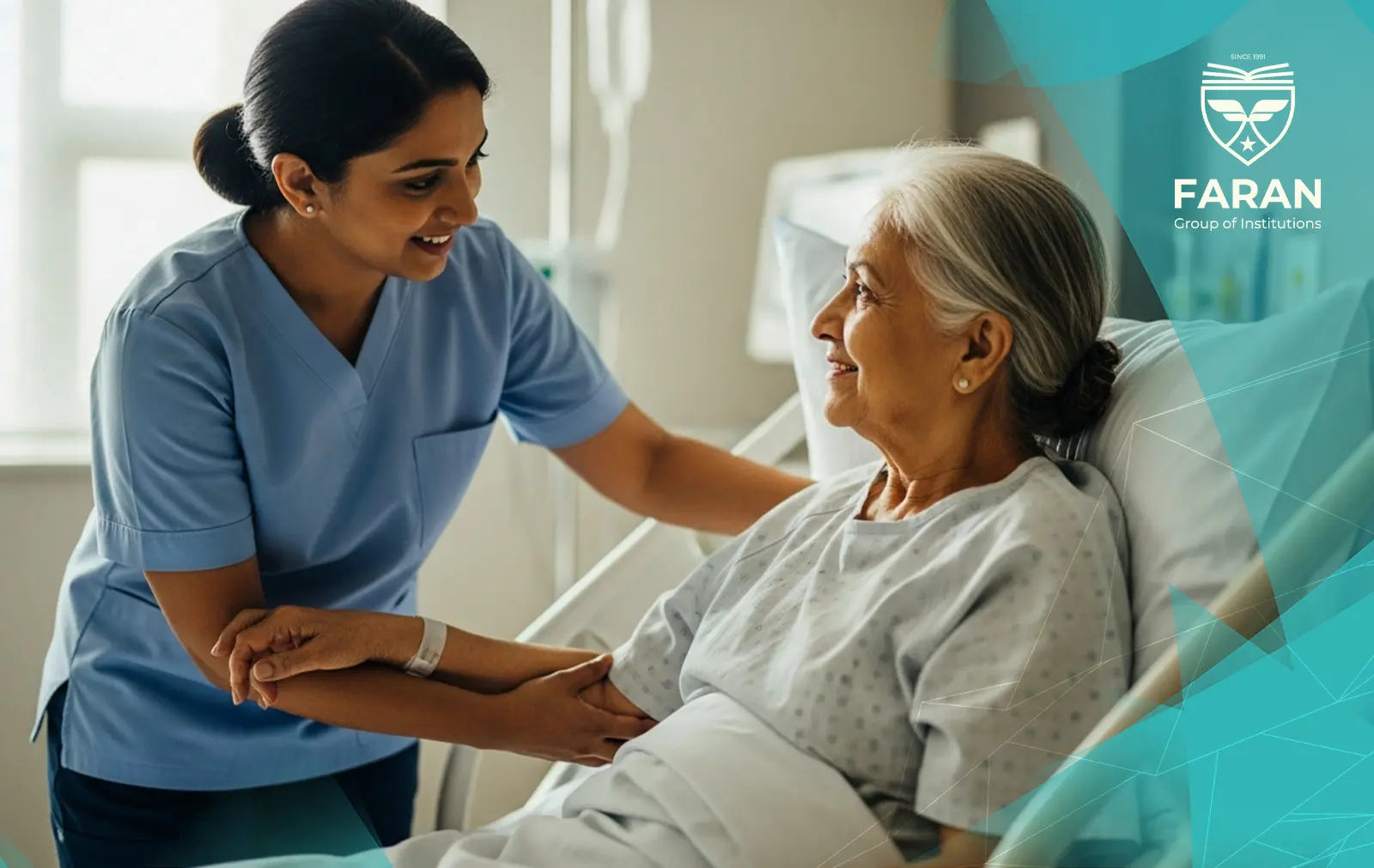Introduction
In today’s digital age, social media holds greater prominence than anything in our lives.
Social media has become a basic necessity in our day-to-day lives, particularly within the student community. Do you know what matters the most to today’s younger generation? It’s the internet and social media. Nowadays the world’s major population uses the internet regularly, many have developed an addiction to social media, and many are unaware of the impact of social media on students.
Social media entices students through games and videos. And, it keeps students updated on various domains, such as education, careers, global connections, and current events. On the contrary, it also poses challenging situations, such as distraction, addiction, and cyber threats, leading to a negative impact on students. Social media has its benefits and also possesses detrimental effects.
In this blog, let’s explore the advantages and disadvantages of social media on students and tips to help students balance social media use and academic tasks efficiently.
Positive Impact of Social Media on Students
Improved Learning Opportunities
Social media, being a major source of entertainment, also provides access to educational information and career opportunities. Platforms, like LinkedIn Learning, YouTube channels, tutorials, and a few academic groups, allow students to improve their academic knowledge and skills beyond textual content.
Better Connection and Communication
Social media brings people together and helps them maintain contact with family, friends, and teachers. Also, Online discussions via WhatsApp groups and Google Classroom communities encourage students to share their knowledge and understand the importance of teamwork virtually.
Additionally, students who stay abroad to pursue higher education can stay connected with their families via social media.
Career Growth and Networking
Students can showcase their career-oriented skills, get connected with industry-experienced professionals, and do internships.
For example, LinkedIn platform helps students to build their professional profile at an early stage and stand out in the competitive job market.
Improves Creativity
Social media apps , like Instagram, YouTube, Facebook, and TikTok, allow students to demonstrate their creativity through blogs, videos, and artwork. In fact, many students have successfully transformed their passion into careers and thanks to the visibility provided by social media.
Updated Knowledge about Current Affairs
Social media helps students to stay updated on the latest global events, IT industry trends, and others. However, being aware of current affairs enables you to foster critical thinking ability.
Negative Impact of Social Media on Students
Reduced Productivity
Do you know what is worse than being addicted to smoking and alcohol? Being addicted to social media, such as endlessly scrolling through videos at night and playing games, often leads students to prioritize online interactions over real-life communication. This is the worst influence of social media on students. And, this leads to disruption in sleeping patterns and slows down productivity.
Distraction
Excessive use of social media frequently leads to procrastination. Students usually get distracted by regular mobile notifications, story feeds, and videos instead of concentrating on schoolwork, which hinders their academic achievement.
Misleading Information
Another major impact of social media on students is the presence of misleading information. Internet is flooded with huge information on several topics, but students constantly fail to differentiate factual data and suspicious sources
Body Image Concerns
Today’s social media culture promotes unrealistic beauty standards through influencers and students easily get attracted to the glamorous lifestyle shown on social media. Particularly, young girls feel compelled and pressured to follow those improbable ideals due to body dissatisfaction. This step gradually results in eating disorders and other health issues.
Sleep Disruption
The mobile light disturbs your sleeping habits and harms you silently in the long run on your overall wellness. Students use social media till late at night, gradually resulting in insufficient sleep that negatively impacts your cognitive performance. An improper sleeping routine results in higher stress levels and deteriorating academic performance.
Security Concerns
Students lacking awareness about online security and privacy settings are susceptible to various online risks.
Educating the Impact of Social Media on Students – Role of Parents and Teachers
The role of parents and teachers play a vital role in guiding students about the effects of social media. It’s the vital responsibility of educational institutions and parents to educate students on the appropriate limits of social media usage-
- Most importantly, parents and teachers should educate students about prioritizing online safety.
- They should foster open discussion about mental health conditions and the issues of cyberbullying.
- They should motivate students to focus on academics and career development and not just solely for entertainment.
Tips for Balancing Social Media and Academics
Using social media has both pros and cons from a student’s perspective. The solution lies in maintaining a balance. Here are some practical tips for effective use of social media.
- Set a Time Limit
Use applications to track your productivity and limit the utilization of social media.
- Prioritize Privacy
Secure your social media accounts and stop sharing personal information just to gain more followers.
- Avoid Toxic Social Media Pages
Unfollow the social media pages that are misleading, promote negativity, or lead to unrealistic comparisons.
- Follow Educational and Career Pages
Subscribe to educational content and career pages that provide valuable learning content and highlight career opportunities.
Future of Social Media for Students
As the demand for AI and digital learning platforms continues to rise, social media has a significant impact on student’s lives both in their academics and careers. In this context, some of the latest interactive features, such as global networking, live classes, and more, will enable social media to become a robust platform that facilitates an exceptional learning experience for students. Thus, social media effects on students are diverse, and maintaining a healthy balance is essential.
Conclusion
The impact of social media on students is a double-edged sword; it provides both positive and negative effects and using it wisely is crucial.
However, students need to harness social media in a balanced way to avoid its negative consequences while leveraging the benefits, such as education, networking and overall growth. Teachers and parents should provide proper guidance to make the most of social media for learning modern technologies and skills.
“Using social media responsibly is the best advice for students.”



